Blog 05/04/2021 - MHT Movie Reviews WWI Aviation
MHT reviews four World War I (WWI) “Knights of the Sky” Movies. Chivalry above the muddy trenches or Hollywood anti-war primers.
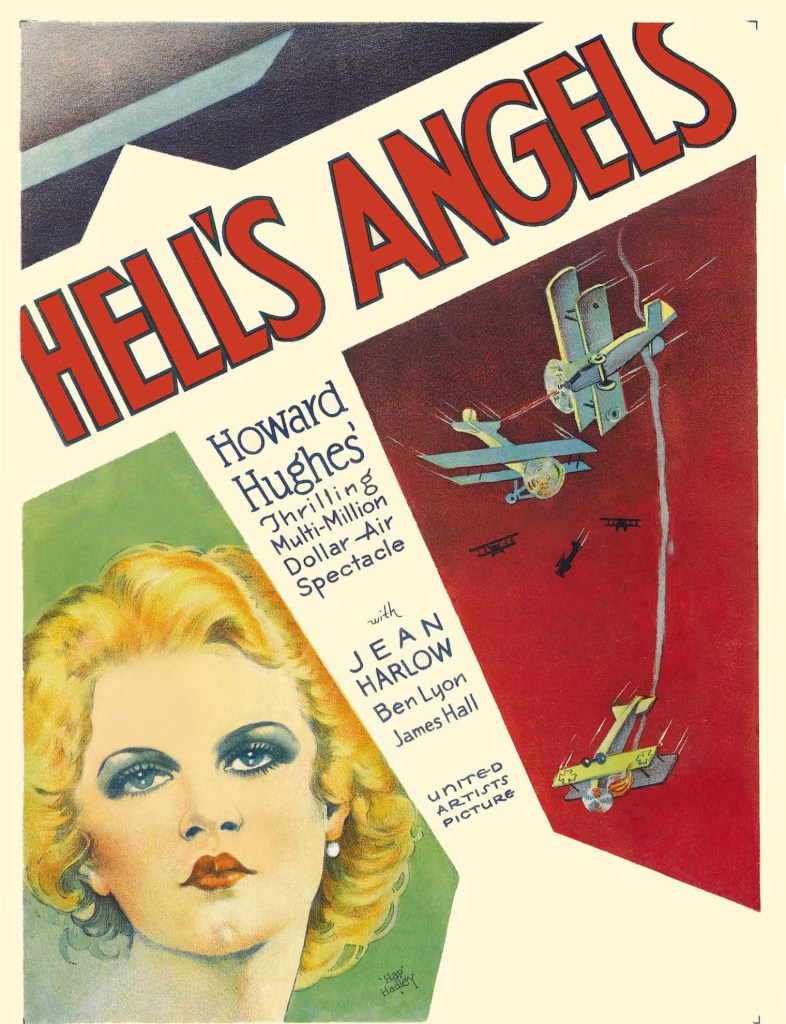
First is the epic “Hell's Angels”, a 1930 American pre-Code United Artists film directed & produced by Howard Hughes & director of dialogue, James Whale. Starring Ben Lyon & James Hall as the two British Rutledge brothers as Oxford University students who enter the Royal Flying Corps at the start of WWI. The film began filming in 1927 as a silent film, but Hughes adapted it over three-year (1927–1930) as a year & a half into production, the advent of the sound motion picture was heralded with the arrival of “The Jazz Singer.” Hughes incorporated the new technology into the half-finished film, but female star Greta Nissen became the first casualty of the sound age, due to her pronounced Norwegian accent.
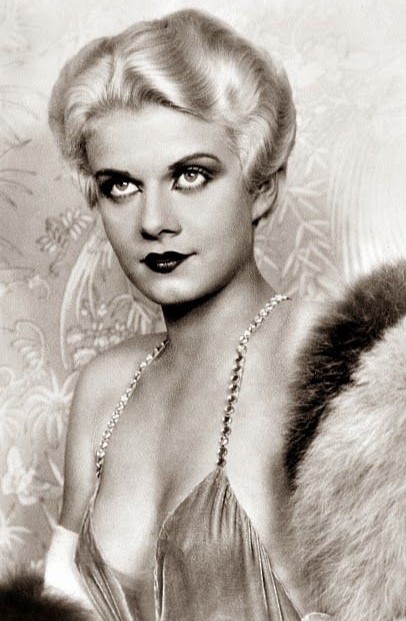
He paid her for her work but replaced her because her accent would make her role as a British aristocrat ludicrous. The role was soon filled with an inexperienced actress, just 18-years old at the time she was cast & hired by Hughes himself, the platinum blonde Jean Harlow.
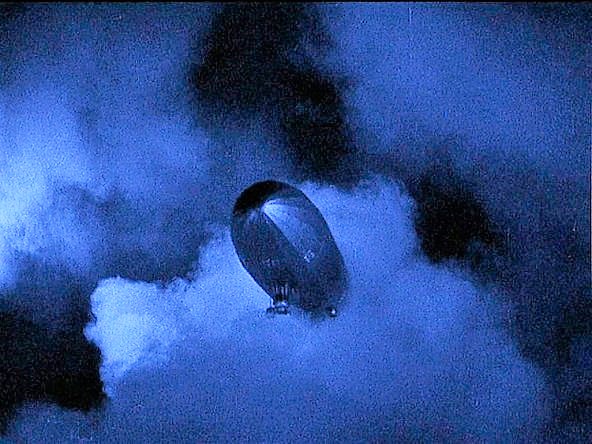
Although most of the footage is black-&-white but there are several one-color-tinted scenes chosen for dramatic effect, such as a dawn gun duel, as well as part-screen full-color for the flames consuming an Imperial German Zeppelin.
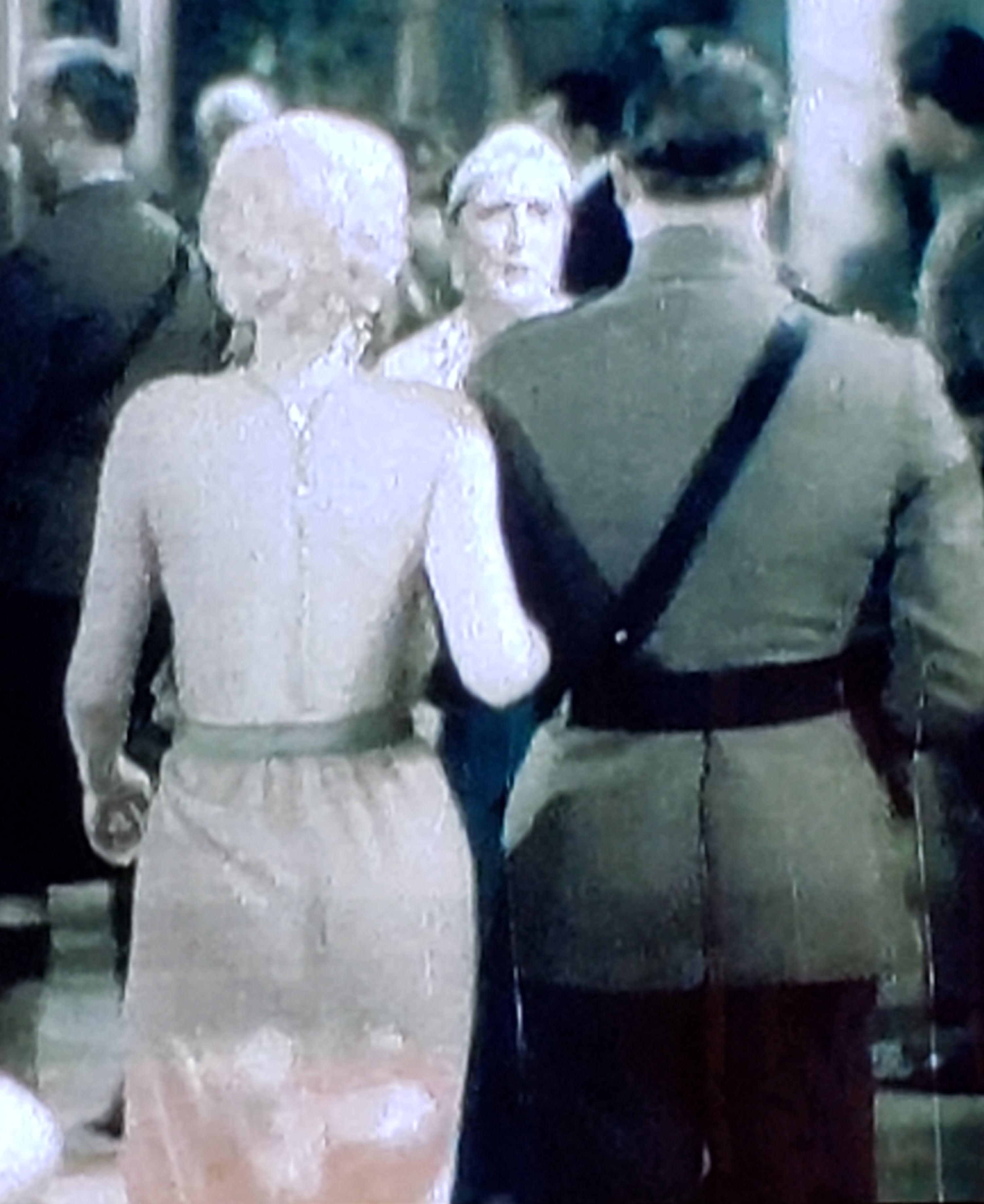
Hughes included a full-screen full-color for one sequence, which is the only color footage of co-star Harlow's career & shows off her pre-code translucent & transparent gown.
A classic "10-minute intermission" is placed into the film after just over an hour.
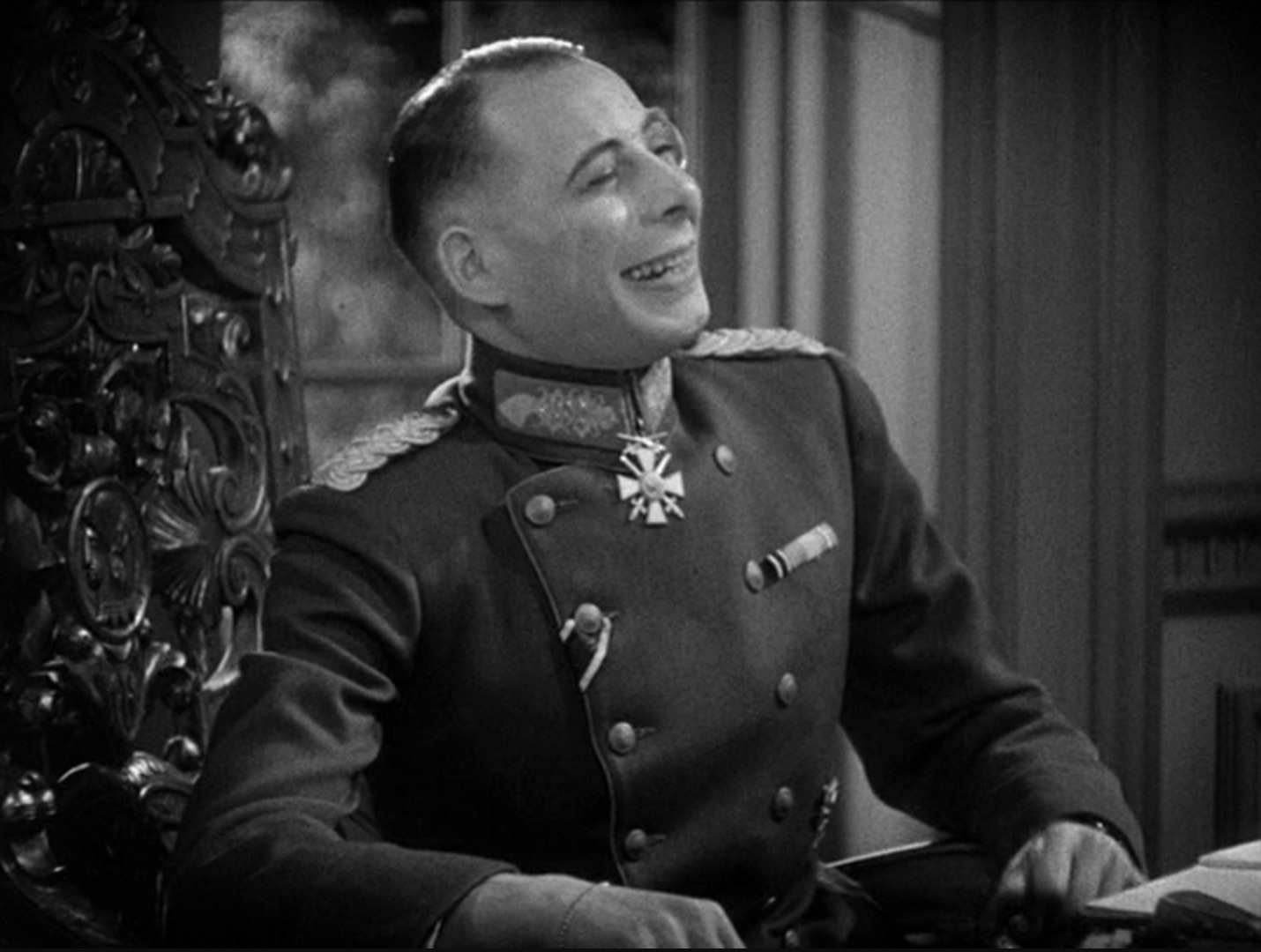
In the film, the WWI German enemy was depicted as both immoral and foolish never more so than in the Zeppelin attack on London. There was controversy in a lawsuit against a competing WWI aviation film (The Dawn Patrol (1930)), the release date was repeatedly postponed, the huge budget had overruns & inevitably the film failed to recover its exorbitant costs. In spite of this, Hell's Angels was one of the highest-grossing films of the early sound era and is today is justly hailed as a landmark for the usage of sound, color film & epic sweeping action.
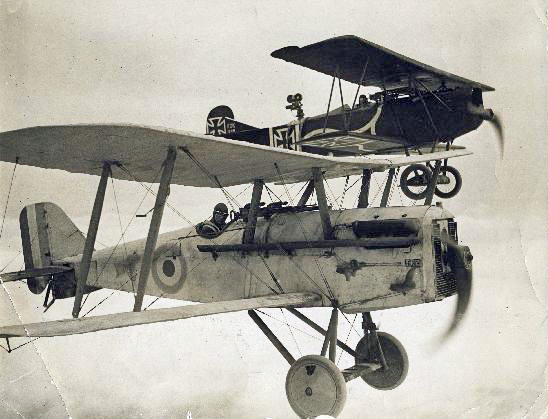
The aviation footage was considered revolutionary & dangerous as three aviators & a mechanic were killed during the film's production. The aviation coordinator, Mantz considered the final scene, in which an aircraft had to make a steep pullout after a strafing mission, too dangerous & reported that his pilots would not be able to do the maneuver safely. Hughes, a noted aviator piloted the aircraft himself, but as Mantz had predicted, he failed to pull out, crashed & was seriously injured with a skull fracture. He spent the next few days recuperating in the hospital as he underwent facial surgery.
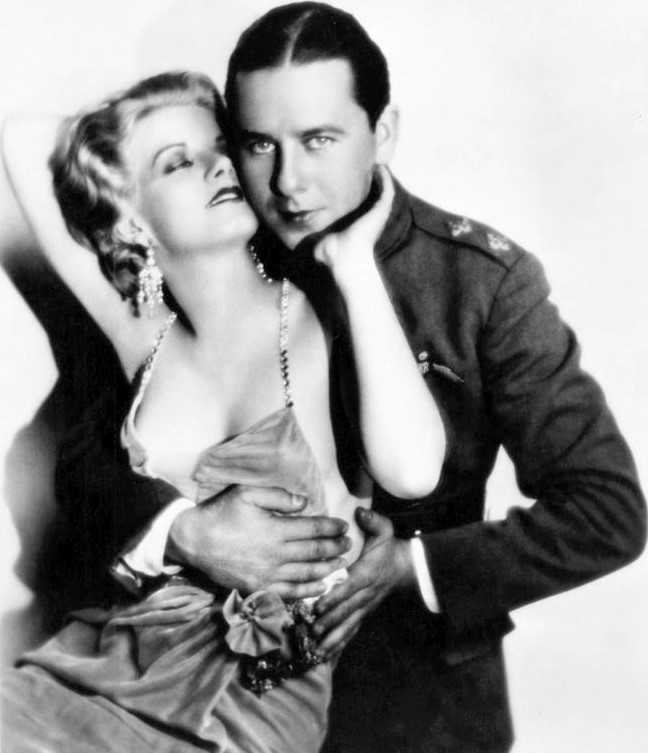
Hell's Angels revealed many traits of pre-code Hollywood notably the infidelity scene with the German Baron's wife in her revealing negligee that leads to a pistol duel at dawn with seconds. There was some fairly frank sexuality including Harlow famous seduction line "Would you be shocked if I put on something more comfortable?" MHT gives it 4 Stars for the vast live action air combat scenes.
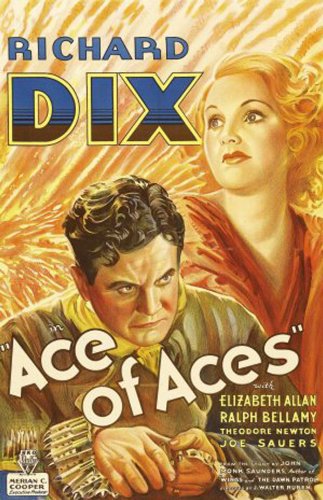
Our second “Ace of Aces” an RKO film from 1933 focuses on the United States entry into WWI, Rocky Thorne (Richard Dix a silent film leading man that made the transition to talkies) has no interest in joining the military to pursue his career as a sculptor. He is cynical about the war’s purpose & the enthusiasm of those who have enlisted, in a glaring anti-war soliloquy comparing them to Norwegian lemmings that go over the cliff into the fjord & will swim until they drown themselves.
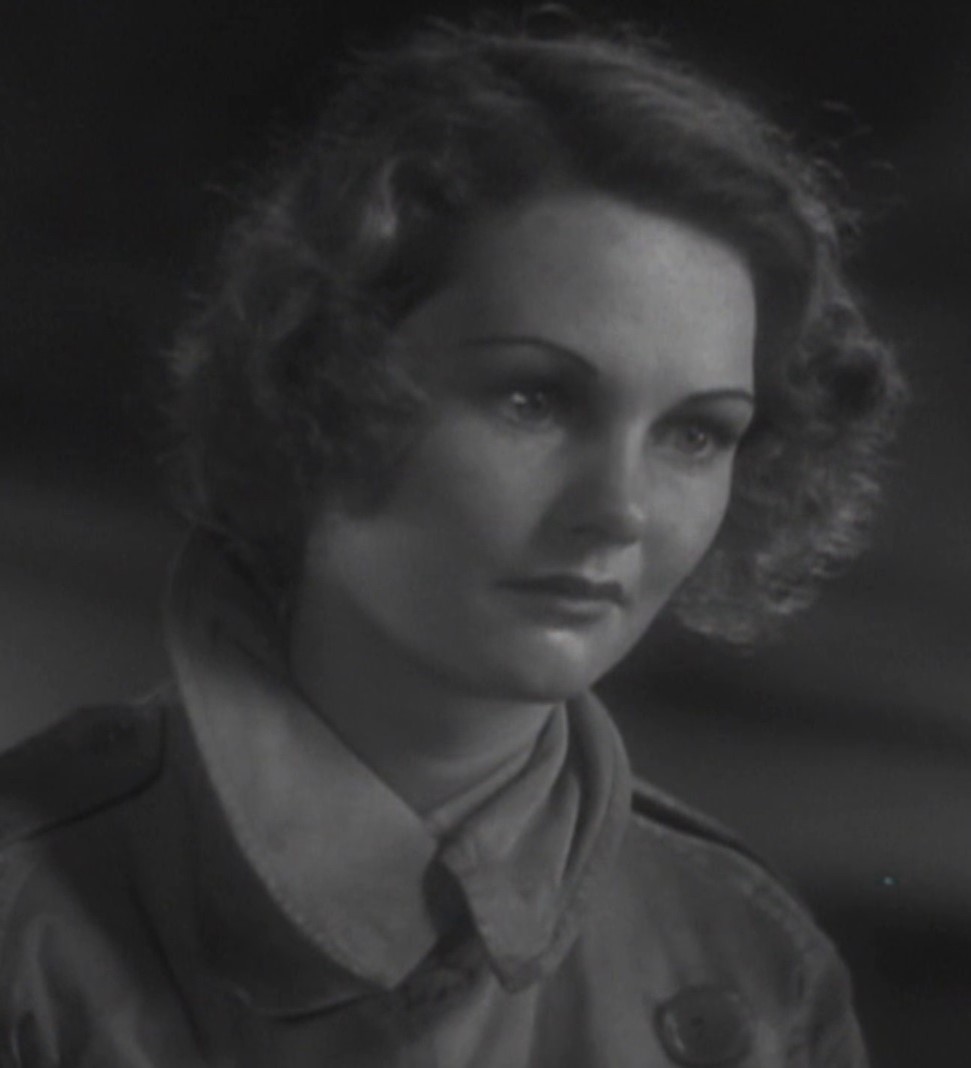
But his fiancée, Nancy Adams (Elizabeth Allan), has become a Red Cross nurse & mocks his pacifism & accuses him of cowardice. To prove her wrong, he enlists and becomes a fighter pilot as part of the American Expeditionary Forces in France.
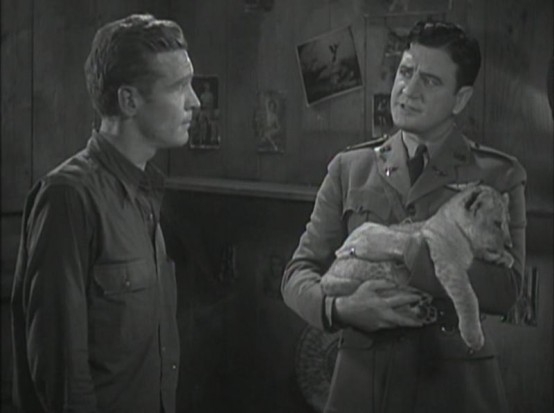
Arriving at his assigned squadron, Lieutenant Thorne's has a pet lion cub which was based on two real lions’ "Whiskey" & "Soda" who served as mascots for the Lafayette Escadrille, the US Volunteer Squadron flying in France before the U.S. enters the war. The first night, he is concerned about the enemy aviators he is going to be shooting at; but his initial reluctance lasts only until he is shot at & wounded himself. Then he retaliates, shooting down his first enemy aircraft.
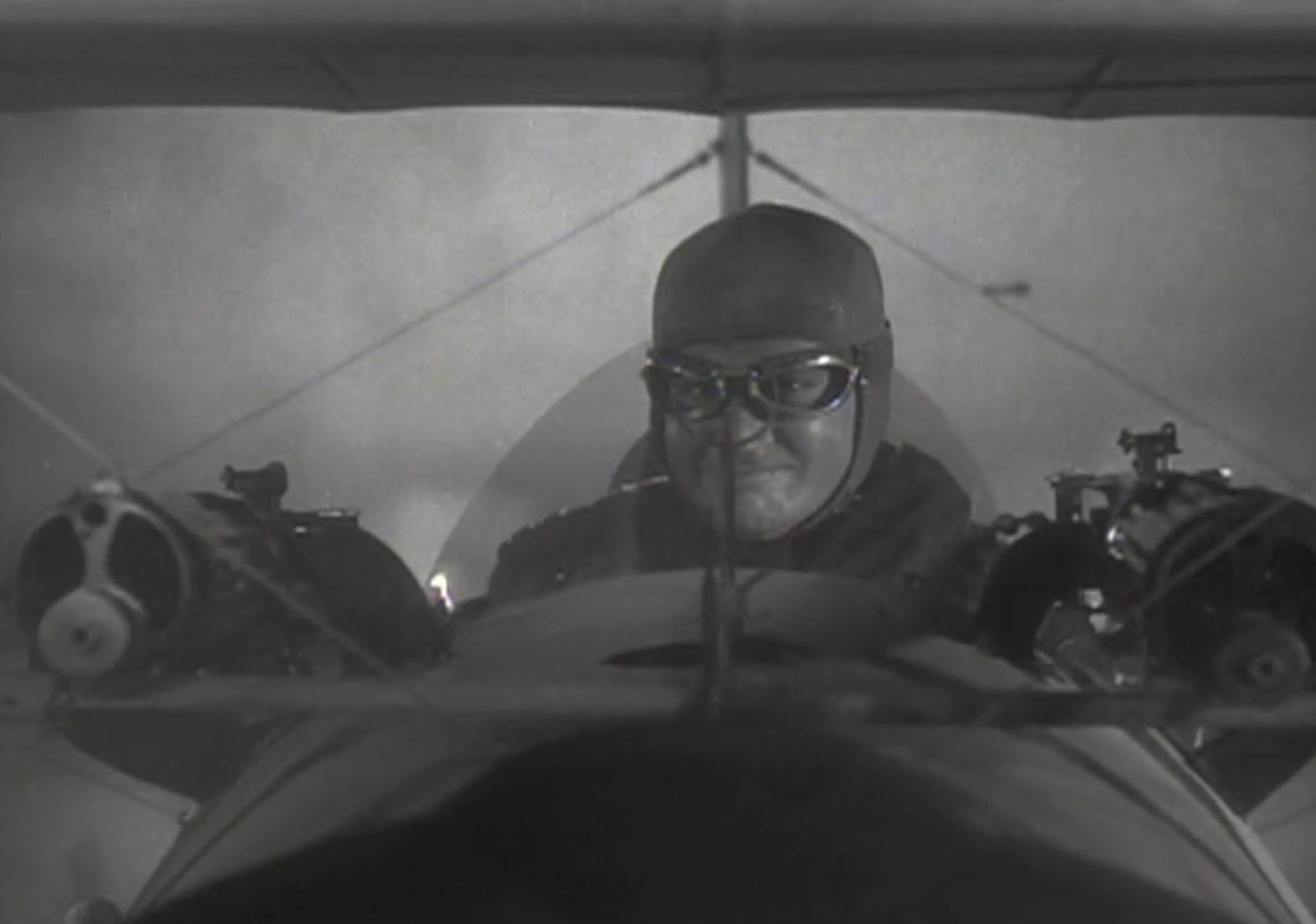
Rocky now renounces his pacifist attitude & becomes completely committed as the lion of the air, hunting its prey. He even takes individual flights against orders, to get more chances to shoot down Germans. In a few months he becomes the leading U.S. ace. Then, while on furlough in Paris, he runs into his former love, who is also away from her frontline nursing station. She has been impacted by her experiences & is torn by guilt for the change in the mild-mannered sculptor. When Rocky says that he does not want to waste his valuable leave time on talking & demeans her moral attitude for not wanting to spend the night with him, she agrees to do it:
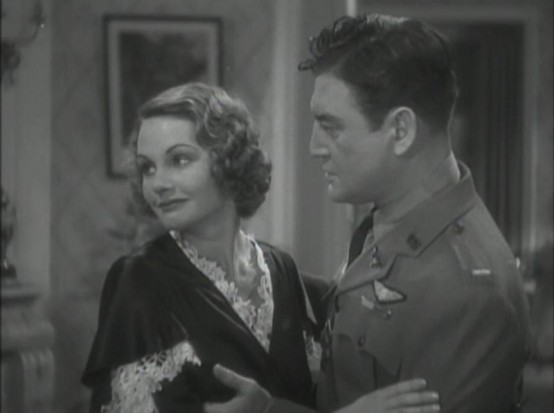
Rocky: “It’s a new deal. But the ace is wild.”
Nancy: “You’ve changed so. You’re so… different. Is this what war’s done to you?”
Rocky: “Wasn’t this what you wanted?’
Nancy: “I didn’t know I spoke of the glory of war. I know now. The mud, the filth, the suffering, the agony… those poor helpless dying boys.”
Rocky: “It isn’t muddy up where I am. When death comes, it comes swiftly & cleanly. Ah, it’s a grand war! I only hope the next one is half as good. I used to think I could take clay & mold it into semblance of a living thing. The closer it came to being alive, the greater my glory. The power of life is more than that, Nancy. Life! Life for myself as I control my plane. And then, death. Swift & final. In the squeeze of my fingers. You can’t do that with clay, Nancy.”
Rocky has pressured her into sleeping with him. Her actions disabused him of romance, humanity & beauty, and now she fully understands her folly.

The fuselage art on Rocky’s first plane shows it is pre-code Hollywood as Nancy engages in sex with him as a penance. MHT gives it 3 Stars for the squadron bunk area that has a pet bird, dog, pig, monkey besides the lion.
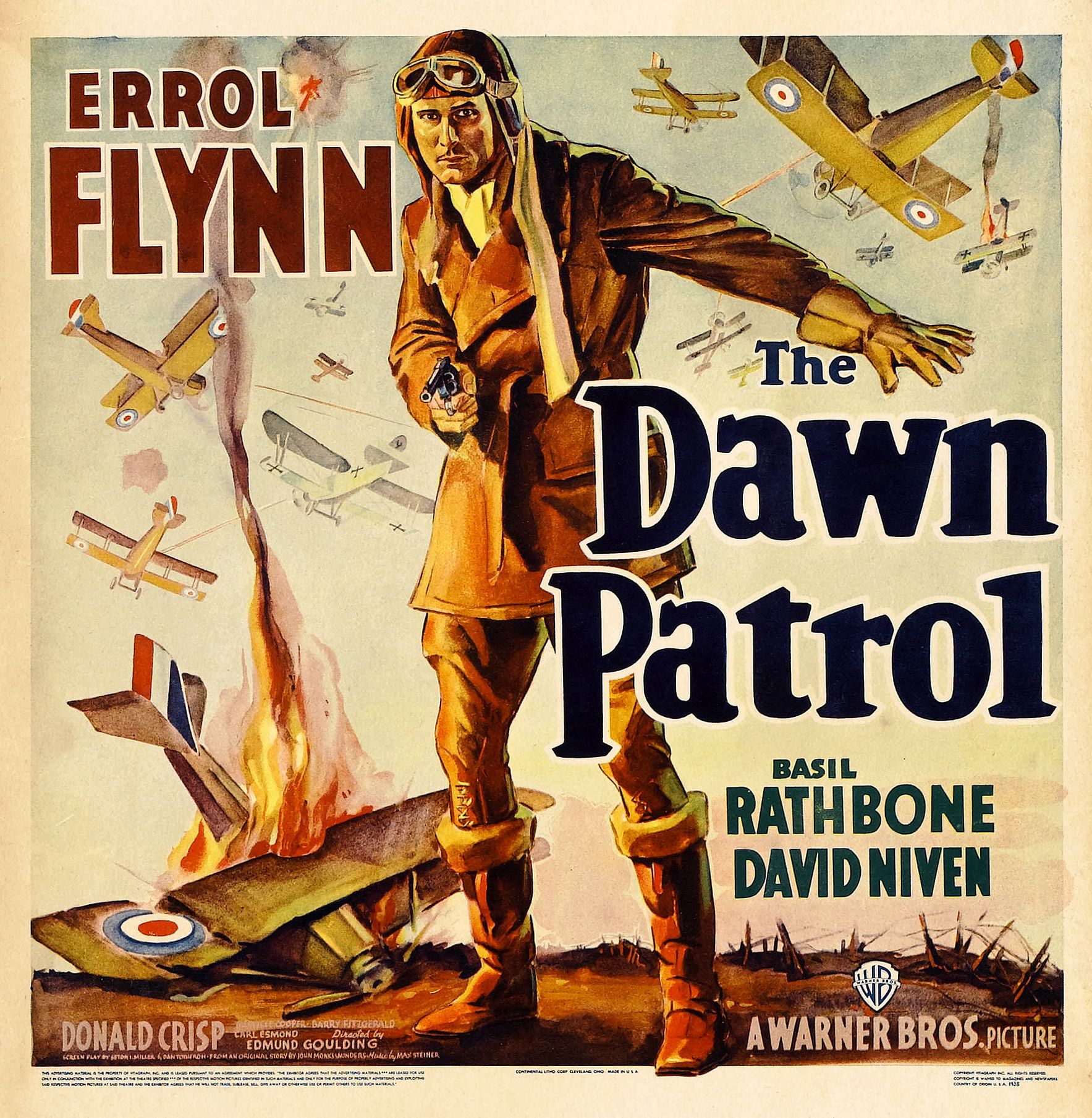
Our third film is “The Dawn Patrol” the 1938 version that Warner Brothers made as an almost exact copy of its original 1930 film with new stars. Both were based on the short story "The Flight Commander" by John Monk Saunders, an American writer said to have been haunted by his inability to get into combat as a flyer with the American Expeditionary Forces in France.
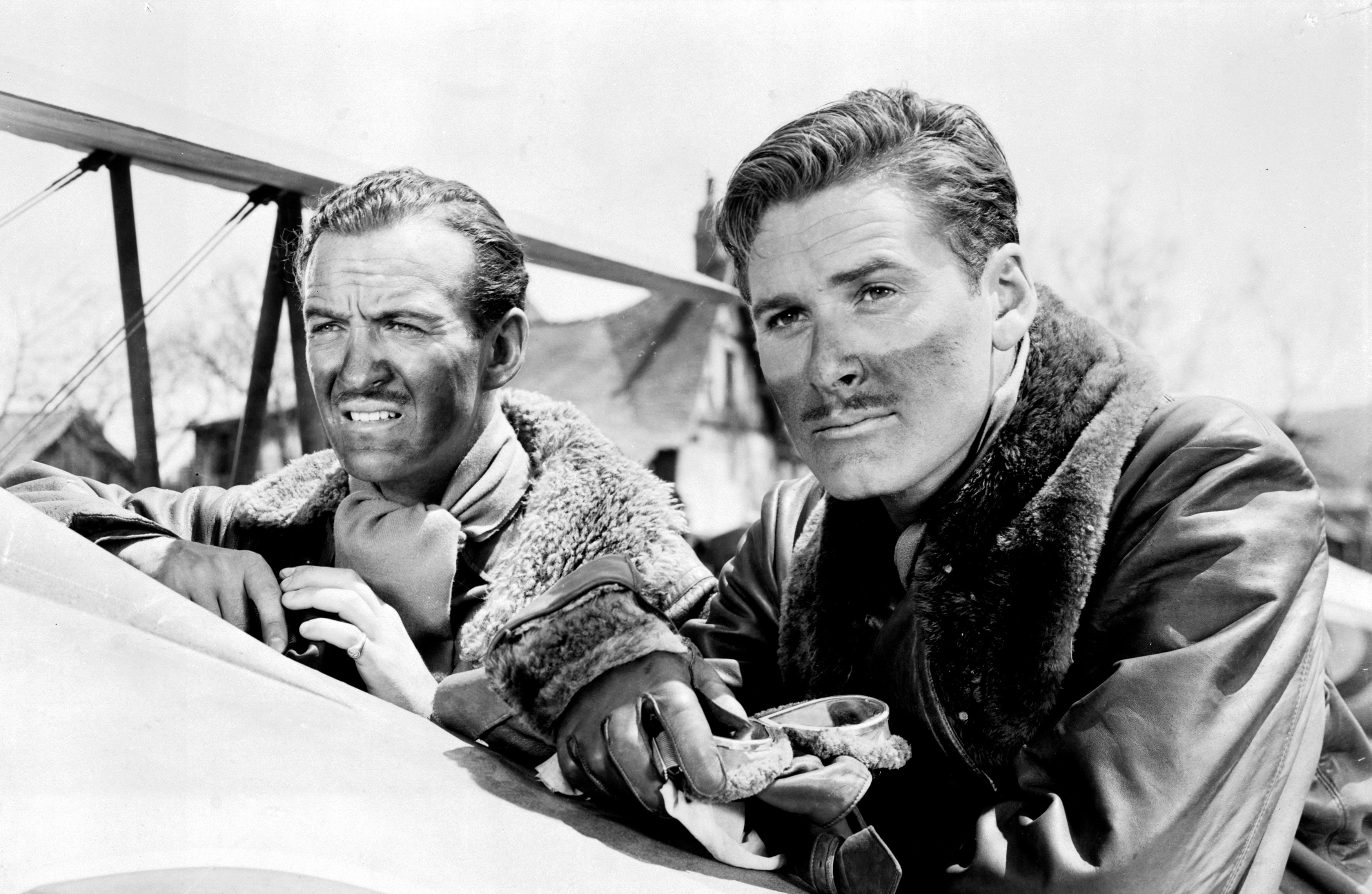
The film, directed by Edmund Goulding, stars Errol Flynn, Basil Rathbone and David Niven as WWI Royal Flying Corps fighter pilots. The Dawn Patrol's story romanticizes many aspects of the WWI aviation experience that have since become clichés: white scarves, pilot’s hard-drinking wartime fatalism, chivalry in the air between combatants, the short life expectancy of new pilots & the reputation of the "Red Baron & his Flying Circus." However, The Dawn Patrol also has a deeper combat leadership theme showing the severe emotional scars suffered by military commander who must constantly order men to their deaths (not a single female appears in the film.) This theme underlies every scene in The Dawn Patrol.
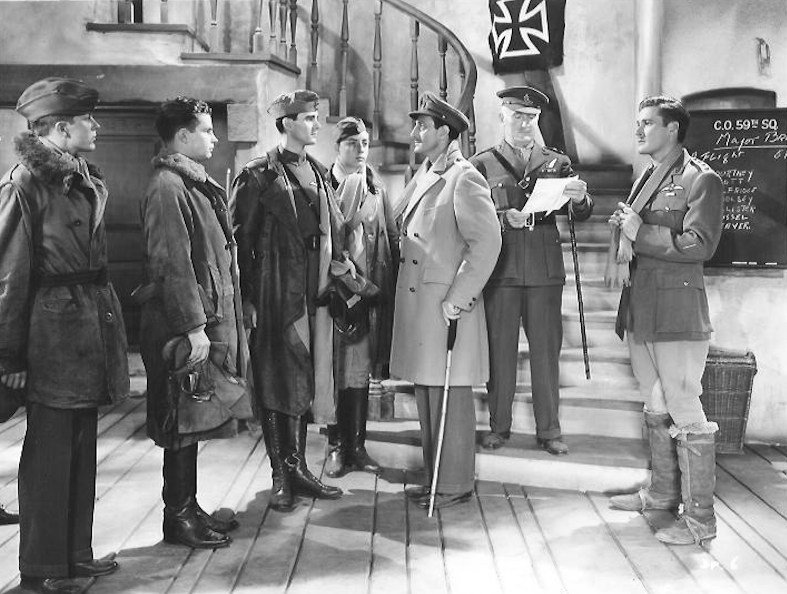
“A” Flight is led by Errol Flynn as Captain "Court" Courtney who is constantly at odds with Basil Rathbone (before he was the definative Sherlock Holmes) as Major Brand, the No. 59 Squadron Commander over the continuing lack of pilot training particularly when the dreaded Baron von Richter’s Squadron (a takeoff on Richthofen but gearing up anti-Nazi propaganda as the German planes are black with the scull & crossed bones squadron logo) is now their foe across no man’s land. One of his pilots’ flies low over the 59th’s aerodrome dropping a pair of trench boots with a taunting note telling the British pilots that they will be safer on the ground. Maj Brand (Rathbone) warns his men that the boots are intended to incite inexperienced pilots into trying to retaliate & forbids any take offs without his approval. orders. Flynn & a young David Niven as Lieutenant "Scotty" Scott, also known as "Scott-O" disregard the prohibition, taking off in the dawn mist after stealing the boots from Brand's room. They fly to von Richter's airfield, where the fighters are being readied for the day. Flynn & Niven bomb & strafe the field, destroying most of the German aircraft & shooting down two which try to take to the air. Flynn then drops the boots. Von Richter retrieves them and shakes his fist at the departing British. Flynn is shot down behind German lines but is rescued by Niven, whose aircraft is also hit by anti-aircraft fire. When leaking oil blinds Niven who lifts his googles so that the oil can spray directly into his eyes (?), Flynn talks him down to a crash landing behind their own trenches.
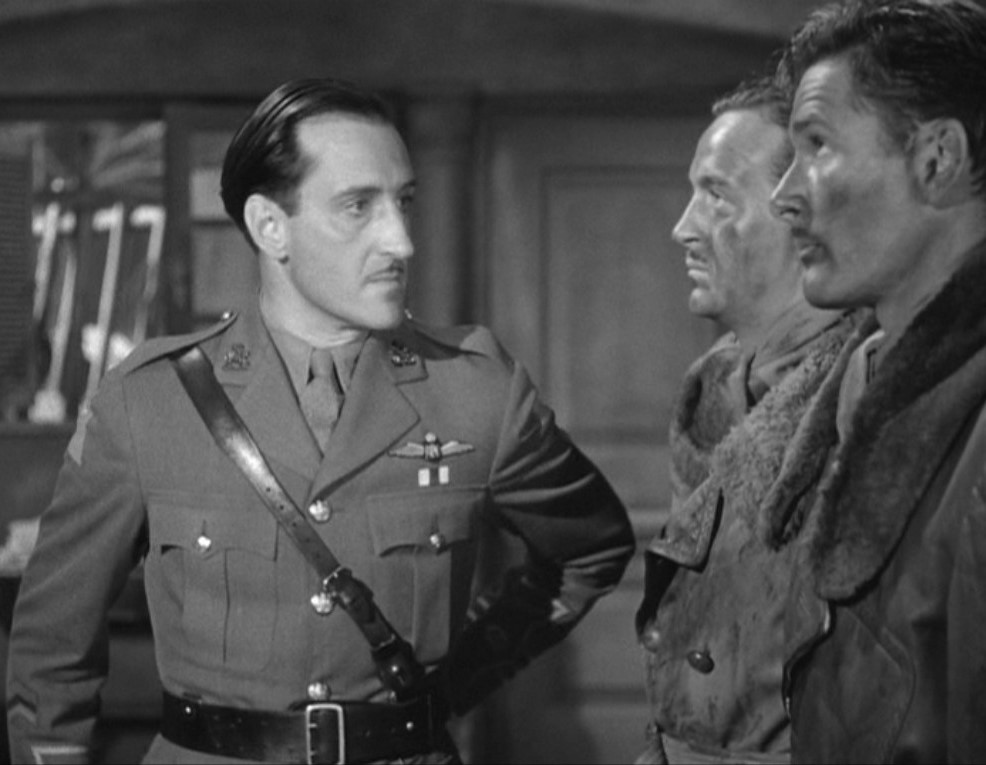
Rathbone call both pilots into his office for a severe dressing down which will become a standard event in many aviation movies from “Flying Tigers” & “Flying Leathernecks” in WWI to “Flight of the Intruder” in Vietnam to the all time classic double “on the carpet” with Maverick & Goose in “Top Gun.”

MHT gives it 4 stars for the study of men under stressful combat leadership & the entertaining arrival of a captured German aviator at the squadron HQ.
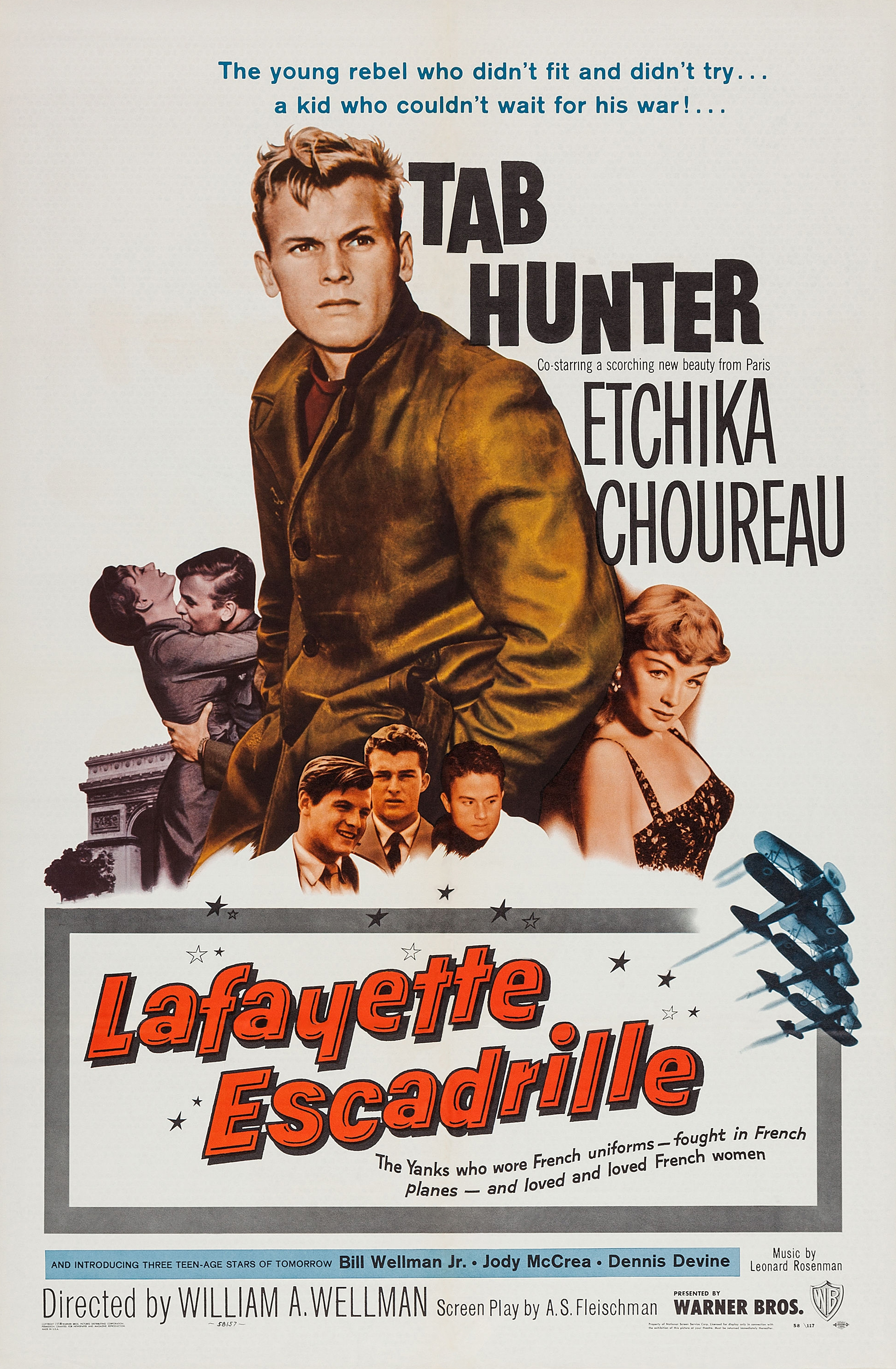
Our final WWI film is “Lafayette Escadrille” is a 1958 Warner Brother film directed by William Wellman joined the French Foreign Legion's Lafayette Flying Corps, N.87, les Chats Noir (Black Cats.) He flew was a Nieuport 24 fighter with three recorded "kills" of enemy aircraft, plus five probable kills receiving the Croix du Guerre for his service. Wellman was shot down in combat & survived the crash, but walked with a limp for the rest of his life.
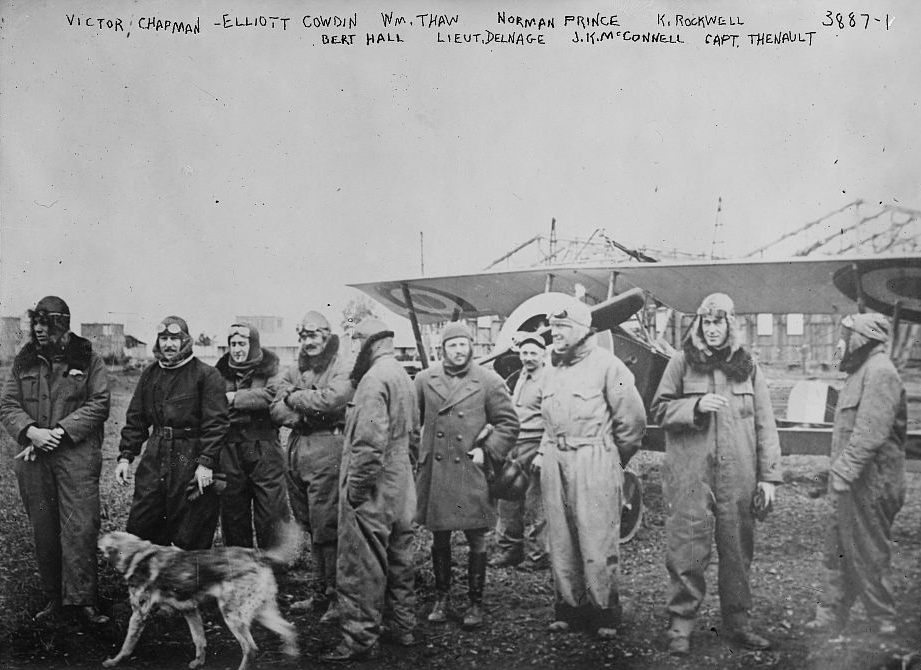
The story is Thad Walker (Tab Hunter), a spoiled, rich kid from Boston, who has gotten in trouble with the law has fled to France to join the French Foreign Legion in WWI. In Paris, with companions, "Duke" Sinclair (David Janssen), Tom Hitchcock (Jody McCrea) and Bill Wellman (the Director’s son William Wellman Jr.), the group of expatriates join the Lafayette Escadrille made up of American volunteer pilots who fly for France.
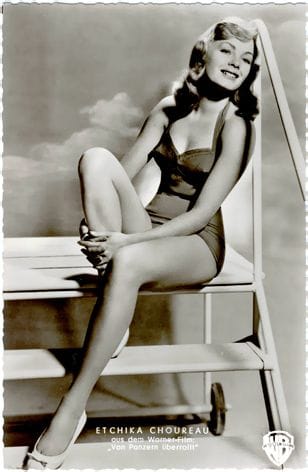
While waiting for their paperwork to be approved, the boys stop at a Paris bar and Hunter meets and falls in love with Renée Beaulieu (Etchika Choureau, a French Bridgette Bardot light), a club escort with some sensitivity. She quits the oldest profession & takes a job as a Metro (subway) conductor, reforming for her new American lover's sake. Walker's father beat him so Hunter resents authority figures. When a strutting, arrogant French officer irritated by the America’s inability to understand commands in French, strikes him, he knocks the officer to the ground & is arrested for the very serious offense.
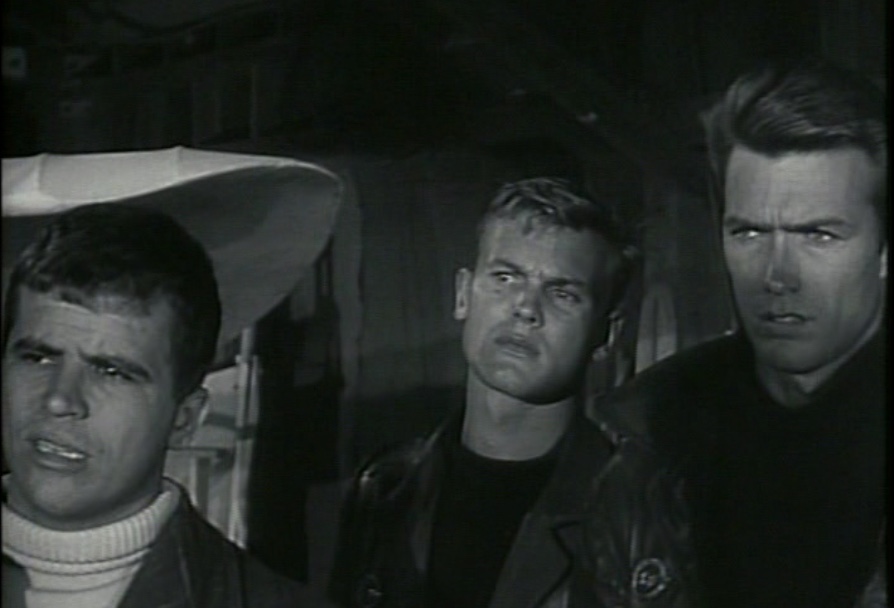
Before he can be court-martialed, the other students get him out of the brig including some future stars Clint Eastwood (before the “Man with No Name” Spaghetti Westerns) as George Moseley the Yale alum & Princeton’s Arthur Blumenthal played by Tom Laughlin who becomes Billy Jack. The film lags as the romance as too much time is devoted to Hunter hiding in Paris in his sweetheart's apartment with a terrible fake facial scar. Hunter is saved when taking a U.S. General to a high-class brothel & may have some basis in fact as during the war, Wellman supposedly encountered General John J. Pershing, a.k.a. "Black Jack", in a Paris brothel. Several years later, Pershing came to Hollywood to tour the Paramount Pictures lot, where he encountered Wellman again.
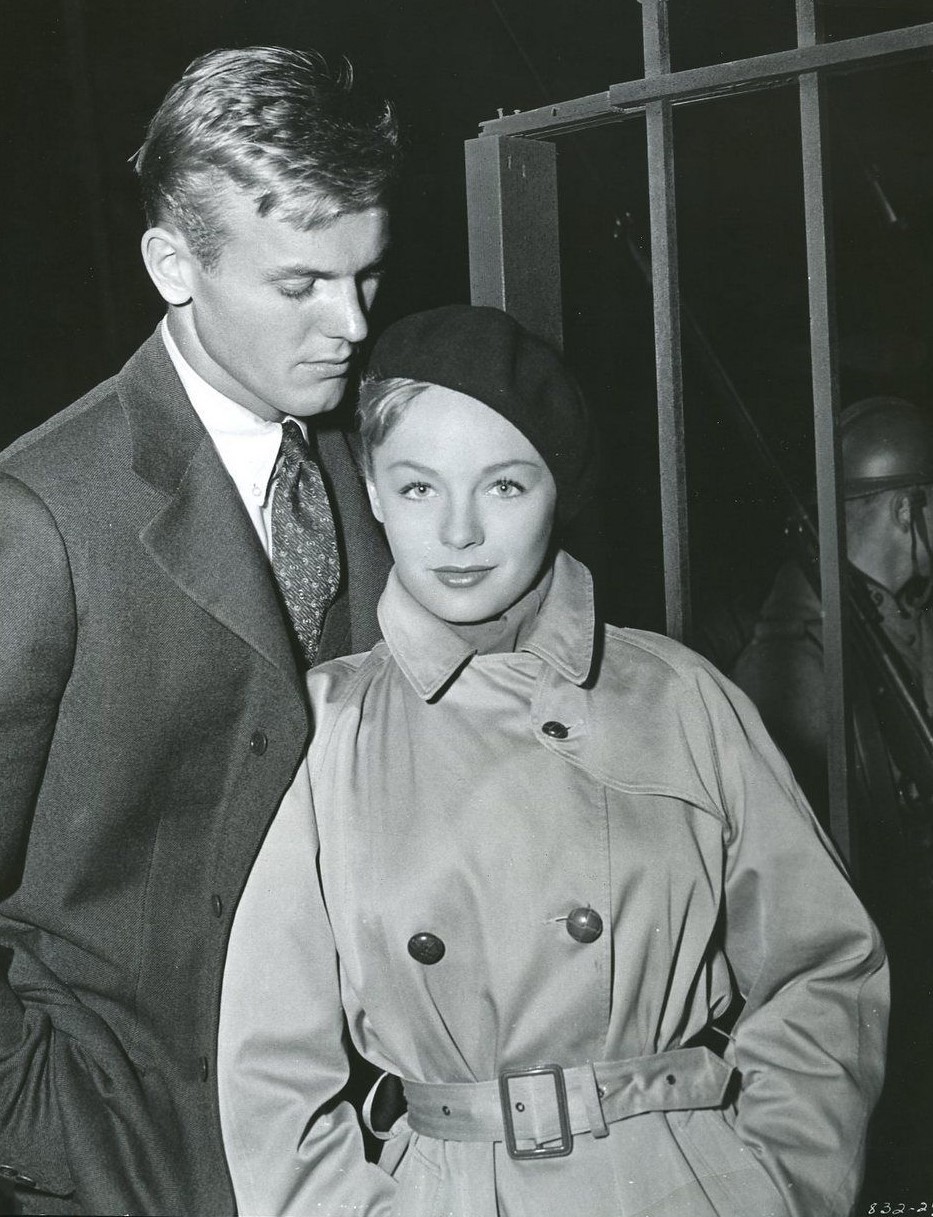
While the aviation scenes & training sequences in Lafayette Escadrille were well received as they were reminiscent of those he shot in his earlier silent classic “Wings” that won the first Academy Award, Wellman wanted Paul Newman & Clint Eastwood as the leads; studio head Jack L. Warner refused & substituted teen idol Tab Hunter & David Janssen. Critics said the film falls short with the mediocre love story, predictable plot, flat acting & some dreadful dialog.
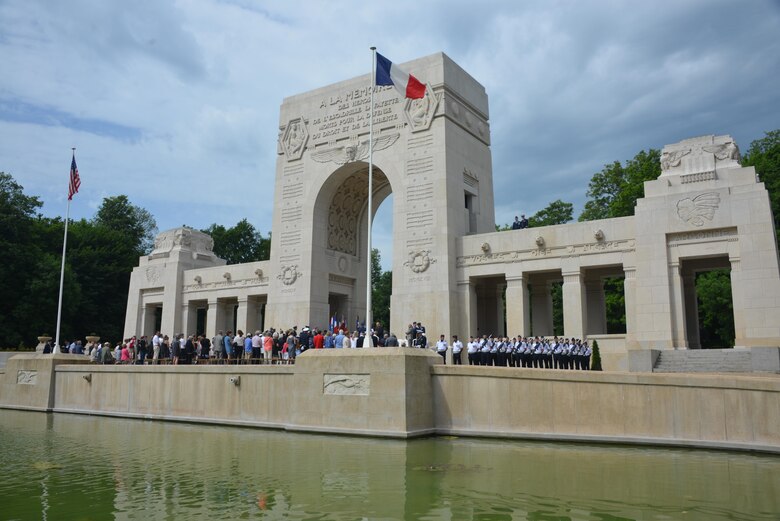
The good news the film ends with a shot of the Lafayette Escadrille Memorial Cemetery dedicated in 1928, the memorial cemetery consists of an ornate central arch, half the size of the Arc de Triomphe less than three miles away, with a French inscription on the façade & an English translation on the rear. The central arch is flanked by wings on either side that include open hallways, terminating in end pavilions. A reflecting pool runs the length of the structure. Behind the memorial is a semi-circular terrace that forms the roof of the crypt below. Stained-glass windows in the crypt depict the major battles of the Western Front. In the memorial crypt are 68 sarcophagi, one for each of the aviators of the Lafayette Flying Corps who lost their lives during WWI. 49 of these aviators are entombed in the crypt along with two of their French commanding officers.
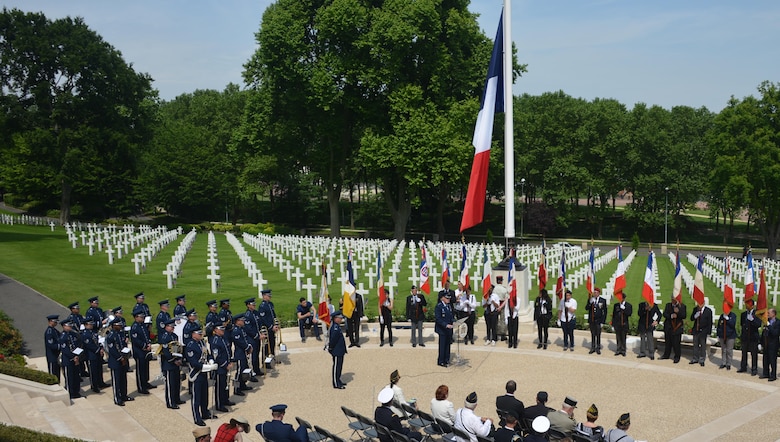 The remainder rest in other locations, or their remains were never recovered. MHT visits this scenic memorial & the nearby Suresnes American Cemetery in Paris where 1,541 Americans who died in WWI & 24 unknown WWII US soldiers just over two miles from the Arc de Triomphe. MHT gives it 3 Stars with an extra ½ as the least of the preachy anti-war films but loses that ½ star for the karma of his first flight to Rickenbacker’s 94th Aero Squadron.
The remainder rest in other locations, or their remains were never recovered. MHT visits this scenic memorial & the nearby Suresnes American Cemetery in Paris where 1,541 Americans who died in WWI & 24 unknown WWII US soldiers just over two miles from the Arc de Triomphe. MHT gives it 3 Stars with an extra ½ as the least of the preachy anti-war films but loses that ½ star for the karma of his first flight to Rickenbacker’s 94th Aero Squadron.
Join MHT in France to see the WWI Battlefields: https://www.miltours.com/index.php?route=product/product&path=17&product_id=99
